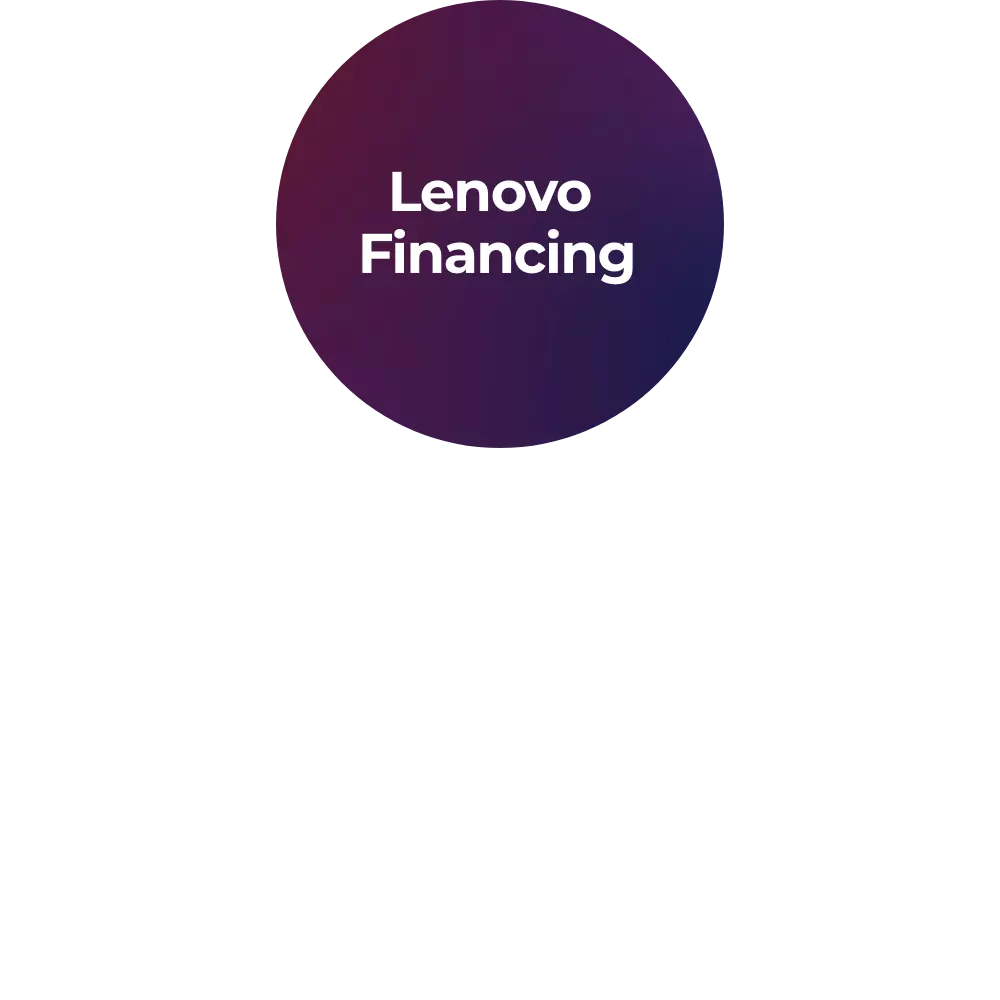What is sound?
Sound is the vibration of particles in a medium like air that our ears perceive. It's created when something vibrates, producing sound waves that travel to our ears and are interpreted by our brains. Sound plays a crucial role in communication and technology.
How does sound travel?
Sound travels in waves through a medium, such as air or water, by causing particles in the medium to vibrate. The vibrations create changes in pressure that propagate as sound waves, eventually reaching your ears for interpretation.
Can sound be converted into digital signals?
Yes, sound can be converted into digital signals through a process called analog-to-digital conversion. This involves sampling the sound wave regularly and measuring its amplitude, turning the continuous wave into a series of binary numbers for storage and processing in digital devices.
What role does sound play in programming?
Sound is used in programming for various applications, like creating audiovisual experiences, developing games, implementing voice recognition systems, and enhancing user interfaces. Programmers can manipulate sound to elicit specific responses from users or provide feedback in interactive applications.
How can sound enhance user experience in technology?
Sound can enhance user experience in technology by providing auditory feedback, alerts, notifications, and immersive audio-visual experiences. Incorporating well-designed sound elements can make interactions more engaging, intuitive, and accessible to users.
Does sound quality matter in communication technology?
Sound quality is crucial in communication technology, as it directly impacts the clarity and effectiveness of messages being conveyed. Clear, crisp sound ensures that information is accurately transmitted, reducing the chances of miscommunication and enhancing the user experience.
Can sound be manipulated to convey different emotions?
Yes, sound can be manipulated through techniques like pitch, tone, tempo, and volume to convey a wide range of emotions. For example, high-pitched sounds may evoke excitement, while low tones can create a sense of calm or suspense in user interactions.
How important is sound design in user interfaces?
Sound design is vital in user interfaces, as it contributes to the usability and engagement of a product. Thoughtfully crafted sound elements can guide users, provide feedback, create immersion, and establish brand identity, making interactions more intuitive and memorable.
What are some common ways sound is used in computing?
Sound is used in computing for tasks like playing audio files, system notifications, voice commands, video conferencing, accessibility features for visually impaired users, and creating interactive multimedia experiences. It's a versatile tool that enhances the functionality and interactivity of digital devices.
How can sound impact the accessibility of technology?
Sound plays a crucial role in making technology accessible to individuals with visual impairments or other disabilities. Screen readers often use sound cues to relay information audibly, enabling users to navigate interfaces, consume content, and interact with devices effectively.
How can programming languages handle sound processing?
Programming languages offer libraries and application programming interfaces (APIs) that facilitate sound processing tasks like recording, playback, filtering, mixing, and analysis. Developers can leverage these tools to manipulate and work with sound data, enabling the creation of engaging audio applications and experiences.
Can sound encryption be used to enhance data security?
Yes, sound encryption techniques can be used to enhance data security by converting audio signals into encrypted formats that are indecipherable without the proper decryption keys. This can prevent unauthorized access to sensitive information communicated through sound channels.
How does sound impact the user interaction with virtual assistants?
Sound is integral to user interaction with virtual assistants, as it enables spoken commands, responses, and feedback. Quality sound reproduction and processing are essential for accurate speech recognition, natural language understanding, and seamless communication with AI-powered assistants.
What are the key considerations for integrating sound in mobile apps?
Key considerations for integrating sound in mobile apps include optimizing file formats for efficient streaming, prioritizing compatibility across devices, ensuring clear audio feedback, minimizing latency, and complying with platform-specific guidelines for audio playback and recording.
How does sound localization enhance user experiences?
Sound localization, the ability to perceive the direction of a sound source, enhances user experiences by adding spatial awareness to audio content. This feature can make virtual environments more immersive, improve navigation cues, and create a richer audio atmosphere for users.
Can sound be used for biometric authentication?
Yes, sound can be used for biometric authentication through techniques like voice recognition. By analyzing unique characteristics of an individual's speech patterns and vocal properties, sound-based biometrics can verify identities and enhance the security of access control systems.
How does sound influence the design of voice user interfaces?
Sound influences the design of voice user interfaces by shaping the auditory feedback provided to users during interactions. Well-designed voice prompts, tones, and responses can make the interface more engaging, informative, and intuitive to use, enhancing the overall user experience.
How can sound analysis be applied in telecommunications?
Sound analysis in telecommunications involves extracting meaningful insights from audio data to improve call quality, detect anomalies, identify speech patterns, and enhance network performance. By analyzing sound signals, telecom operators can optimize service delivery and troubleshoot issues for better user experiences. Some other applications of sound analysis in telecommunications include voice recognition for automated phone systems, speech-to-text transcription, and sentiment analysis in customer service interactions. Sound analysis can also help with fraud detection by identifying fraudulent calls based on patterns in audio data.
What are some emerging technologies using sound?
Some emerging technologies using sound include virtual and augmented reality, interactive voice-enabled devices, haptic feedback systems, and biometric authentication. These technologies are becoming increasingly prevalent in our daily lives, and rely heavily on sound for a more immersive and intuitive user experience.














